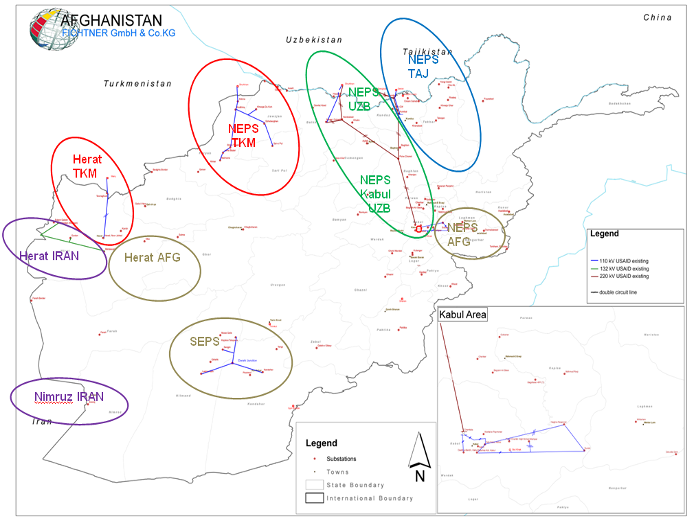Long Thread
Why Kabul faces massive blackouts & load shedding (power rationing) - Summary of my article
Afghanistan’s power system is quite complex. It operates in nine different ‘islands’ – power grids – depending on power supply sources.
Why Kabul faces massive blackouts & load shedding (power rationing) - Summary of my article
Afghanistan’s power system is quite complex. It operates in nine different ‘islands’ – power grids – depending on power supply sources.
This means that different regions are supplied by different sources, and due to technical limitations these regions are not interconnected – or synchronized. Turkmenistan’s network supplies power to the northern provinces of Faryab, Jowzjan and Sar-e Pol and partly to Herat.
Uzbekistan supplies Parwan, Samangan, and partly Kabul. Tajikistan supplies Baghlan, Balkh, Kunduz, and Takhar and, in summer, it transmits power to Kabul (in winter, Tajikistan faces electricity shortages itself).
Iran supplies electricity to partly Herat and Nimruz. The south of Afghanistan (Kandahar and Helmand) is supplied partly by the Kajaki hydropower plant and now some solar power plants. Other domestic hydropower generation covers some of Kabul’s needs + NGR & Laghman.
The under-construction 500 kV transmission line from Pul-e Khumri to Kabul is particularly important for the country’s capital, and it's delayed by 4 yrs. The existing 220 kV line has already been exhausted by Kabul’s energy demand. This was not supposed to occur for 15 to 20 yrs
There might have been a mistake either in the power system planning – or the decision-makers at that time had no choice but to align the design and construction cost with the available funding. Due to that miscalculation or compromise, Kabul now endures massive load shedding.
DABS is still increasing the size of its distribution network in urban areas by connecting more customers (load/ demand) every year without keeping into account the supply factor. In 2003, electricity consumers in Kabul were fewer than 85k, now it's nearly 600k. 7-fold increase.
Kabul’s current demand is ~ 600 MW. But the capital currently receives only 260 MW via transmission lines coming from neighboring countries, and ~140 MW from domestic hydropower plants (Naghlu, Mahipar & Sarobi). There is a gap of ~180 to 200 MW between supply and demand.
This is why many houses and businesses in Kabul stay dark or have flickering lights and technical devices that do not work due to poor voltage. Pending power projects have to be completed to overcome this.

 Read on Twitter
Read on Twitter


